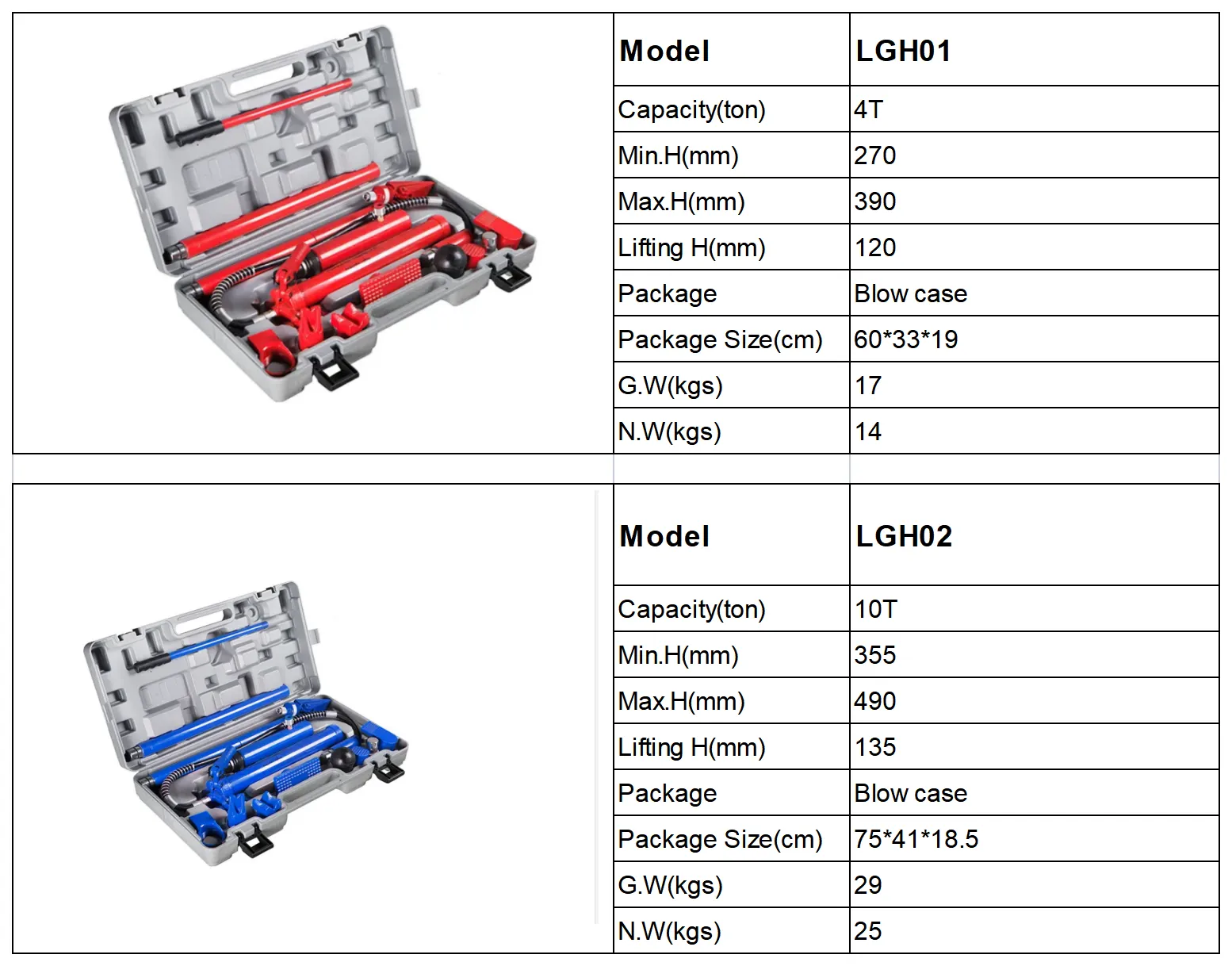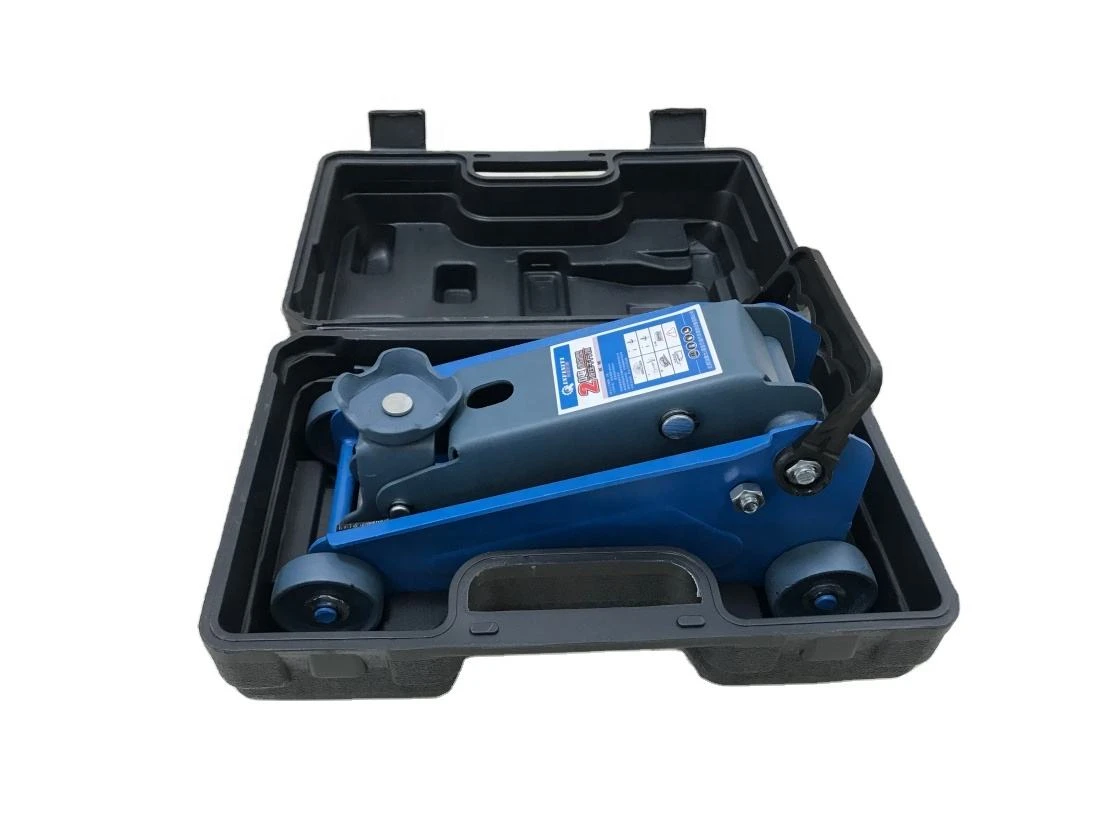Car Jack Vehicle Mover Tow Dolly Universal Moving Tool Wheel Towing Trailer tools automatic car jack


Hi-Lift Jacks, often revered as the jacks of all trades, serve specialized purposes in off-road scenarios. They’re designed for lifting, pushing, pulling, and even clamping. With their tall frames, they’re adept at handling lifted vehicles that conventional jacks can't reach. While their utility is extensive, they demand a higher level of expertise to operate safely. A hi-lift jack’s mechanical advantage comes with risks if not used with proper knowledge and caution. When used correctly, they exude a high level of trustworthiness and authoritativeness, inspiring confidence among off-road enthusiasts who frequently venture into challenging terrains. Electric or Battery-Operated Jacks bring modern technology into car maintenance. They're designed for convenience, transforming the manual effort of lifting into a simple push-button operation. These jacks are powered by the vehicle’s battery or an independent power source. They appeal to those who value ease and are particularly useful for individuals who may struggle with manual jacks. Despite their innovative nature, the reliance on electrical components means that mechanical failure could occur, so maintaining backup options is advised. Nonetheless, their integration of technology into traditional lifting practices reinforces their place in modern vehicle maintenance, offering a trustworthy and authoritative solution for many drivers. In summation, each type of car jack has unique attributes that cater to different needs. Hydraulic floor jacks dominate workshops with their efficiency and reliability, while scissor jacks provide indispensable service during roadside emergencies. Bottle jacks offer robust lifting power for heavy vehicles, hi-lift jacks present versatile solutions for off-road enthusiasts, and electric jacks usher car maintenance into the tech-driven era. Choosing the right jack hinges on understanding one’s specific needs, vehicle type, and operational knowledge. Drawing from both personal experience and expert commentary, the importance of aligning functionality with individual requirements cannot be overstated. In the realm of automotive care, where the right tools ensure safety and efficiency, the authoritative and trustworthy guidance provided here serves as a beacon for making informed decisions on car jack investments.
Products categories
Latest News
-
Unraveling the World of Car Jack Economics and Acquisition
NewsJun.24,2025 -
Unraveling the Essentials of Car Jacks and Their Operations
NewsJun.24,2025 -
Unraveling the Capabilities of 10 - Ton Porta Power Equipment
NewsJun.24,2025 -
Unraveling Issues and Solutions in Car Jack Systems
NewsJun.24,2025 -
Unleashing the Potential of 10 - Ton Hydraulic Equipment
NewsJun.24,2025 -
Power and Precision in Heavy - Duty Lifting: 10 Ton Porta Power Solutions
NewsJun.24,2025 -
What Makes Car Shop Jacks and Related Tools Indispensable for Vehicle Maintenance?
NewsJun.12,2025















